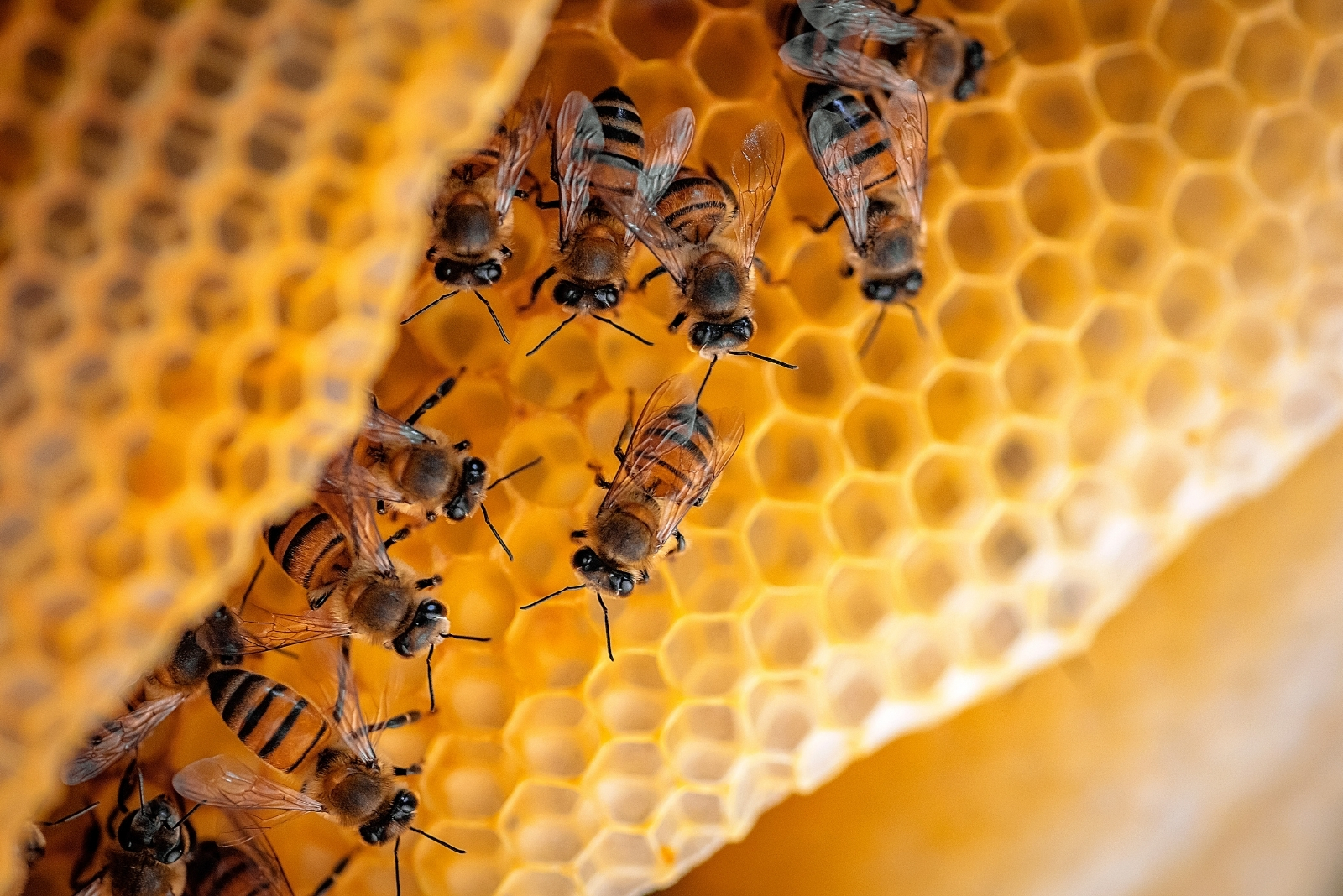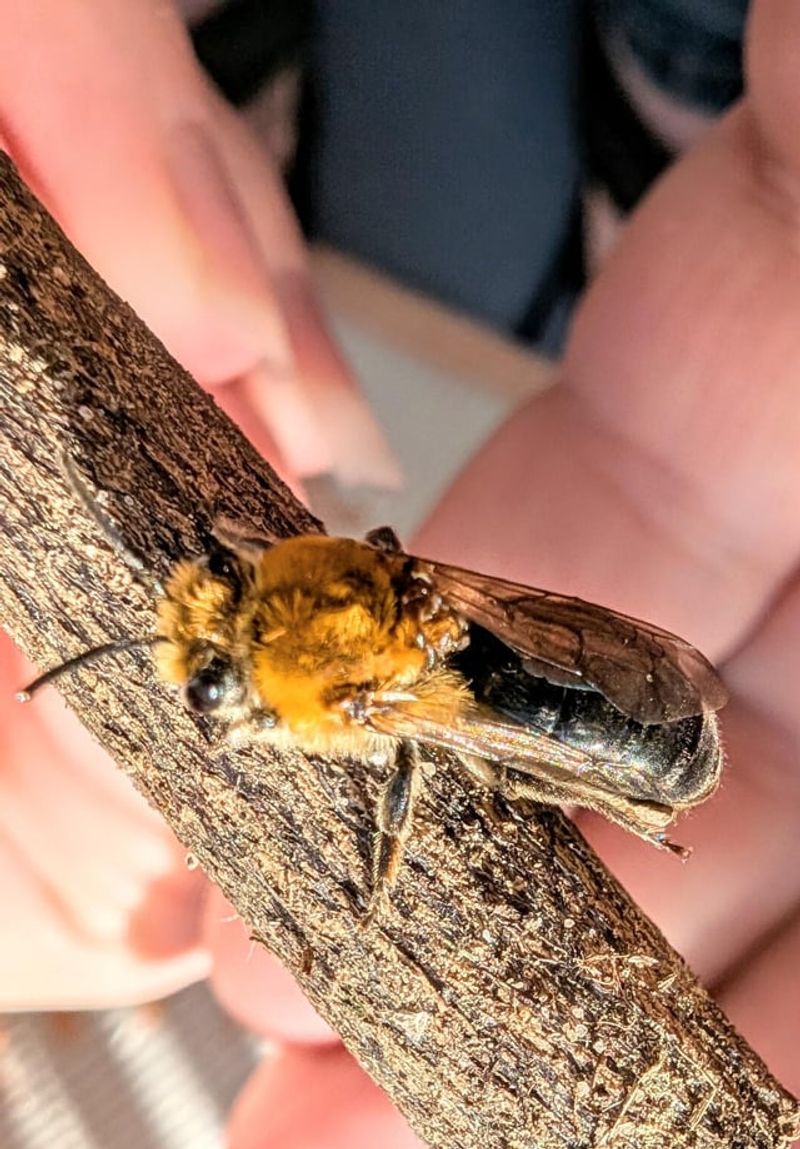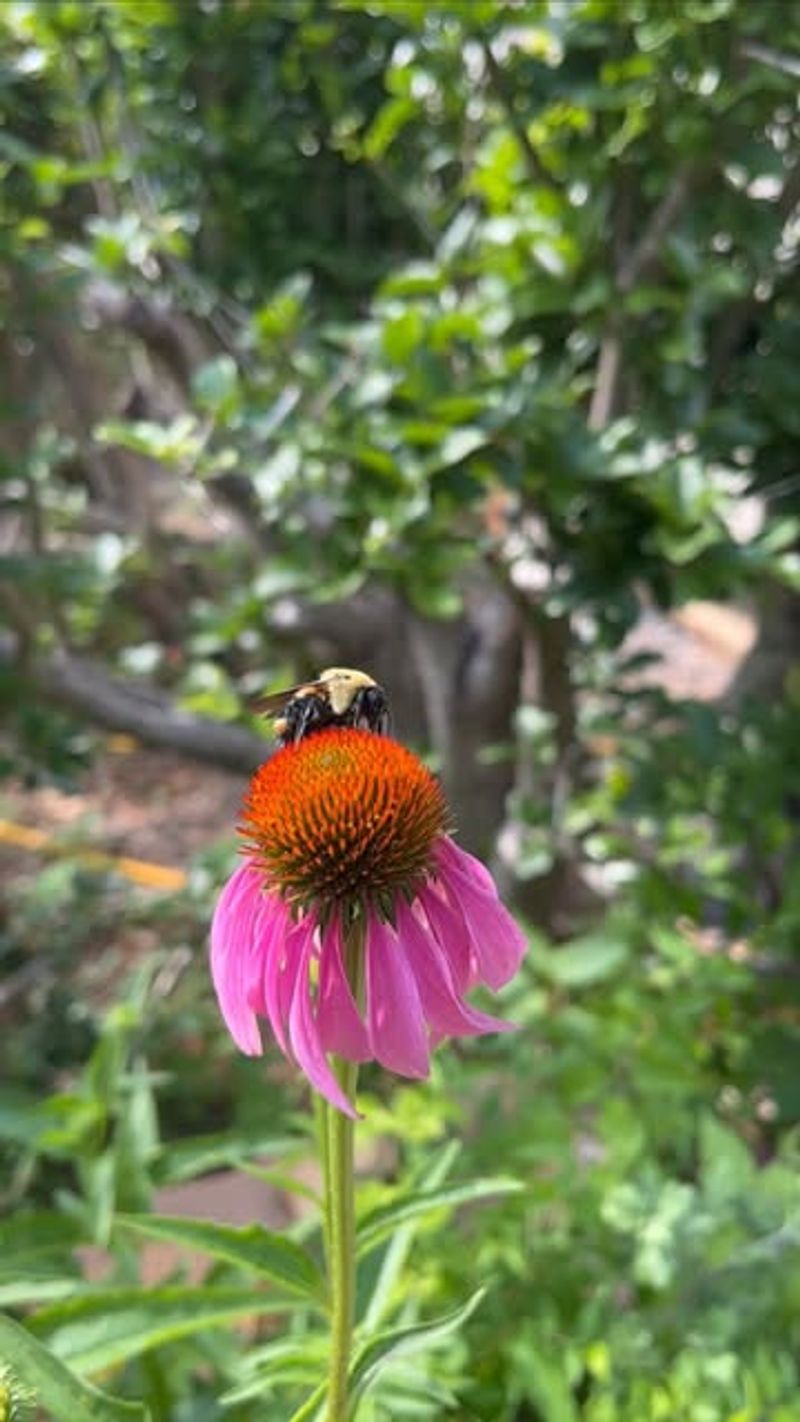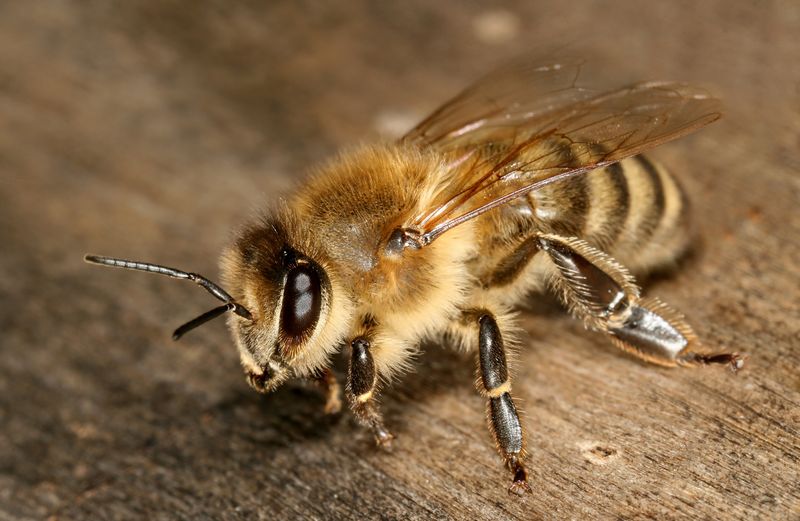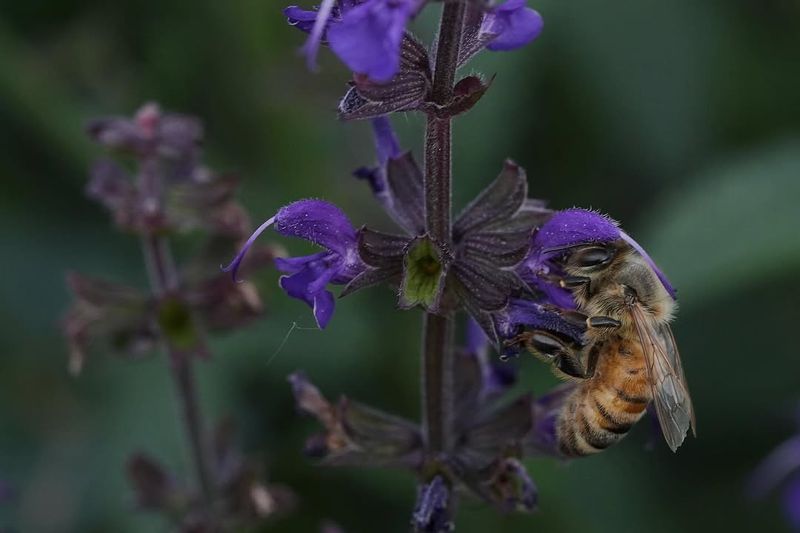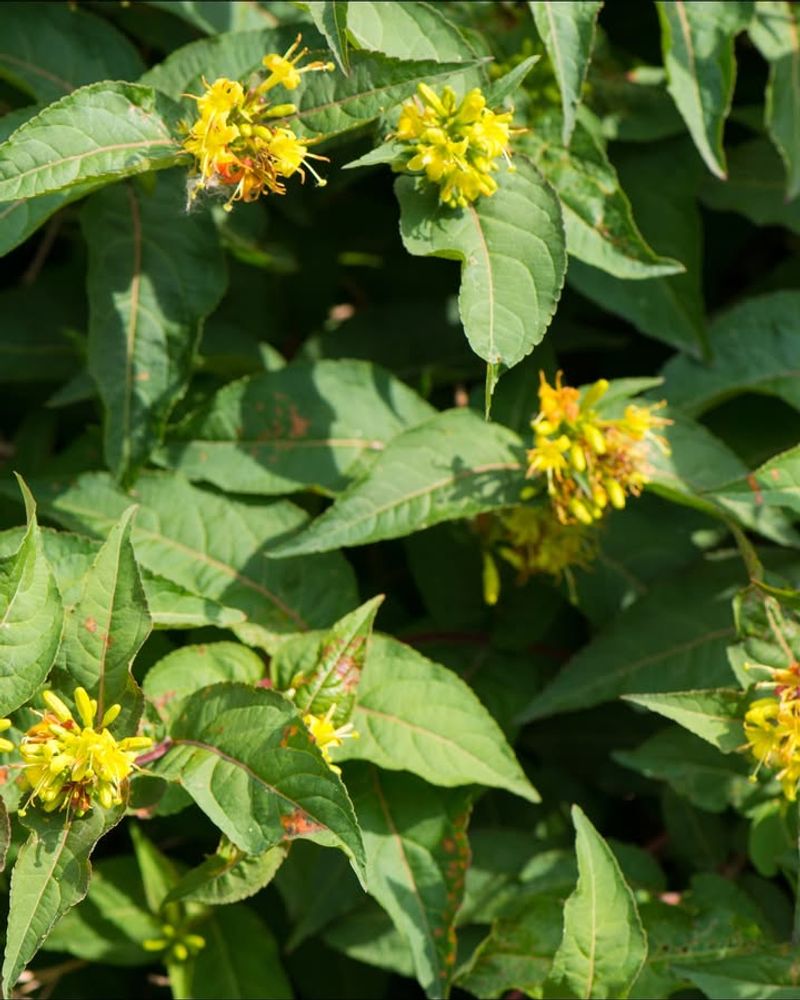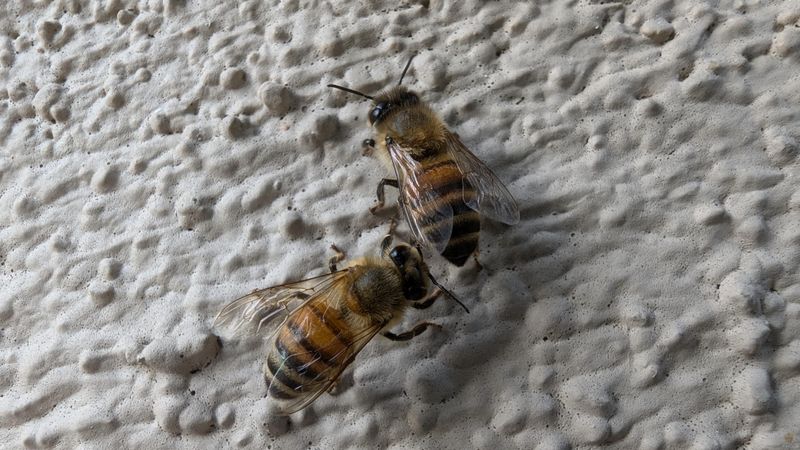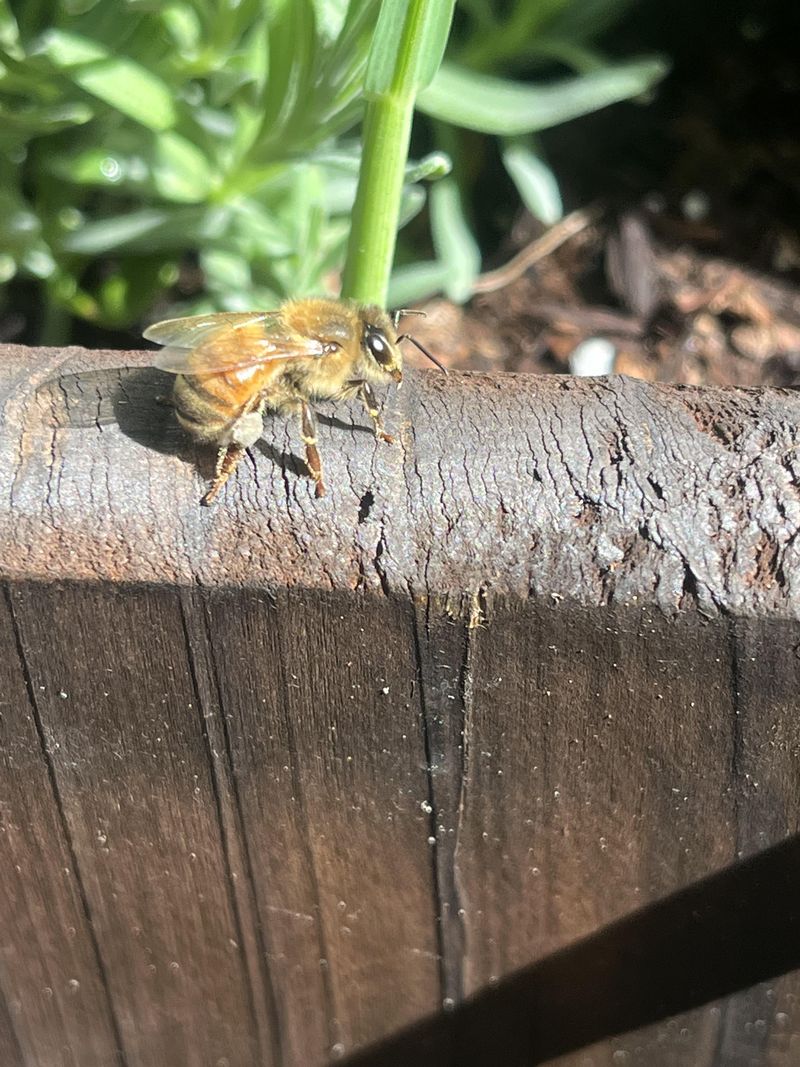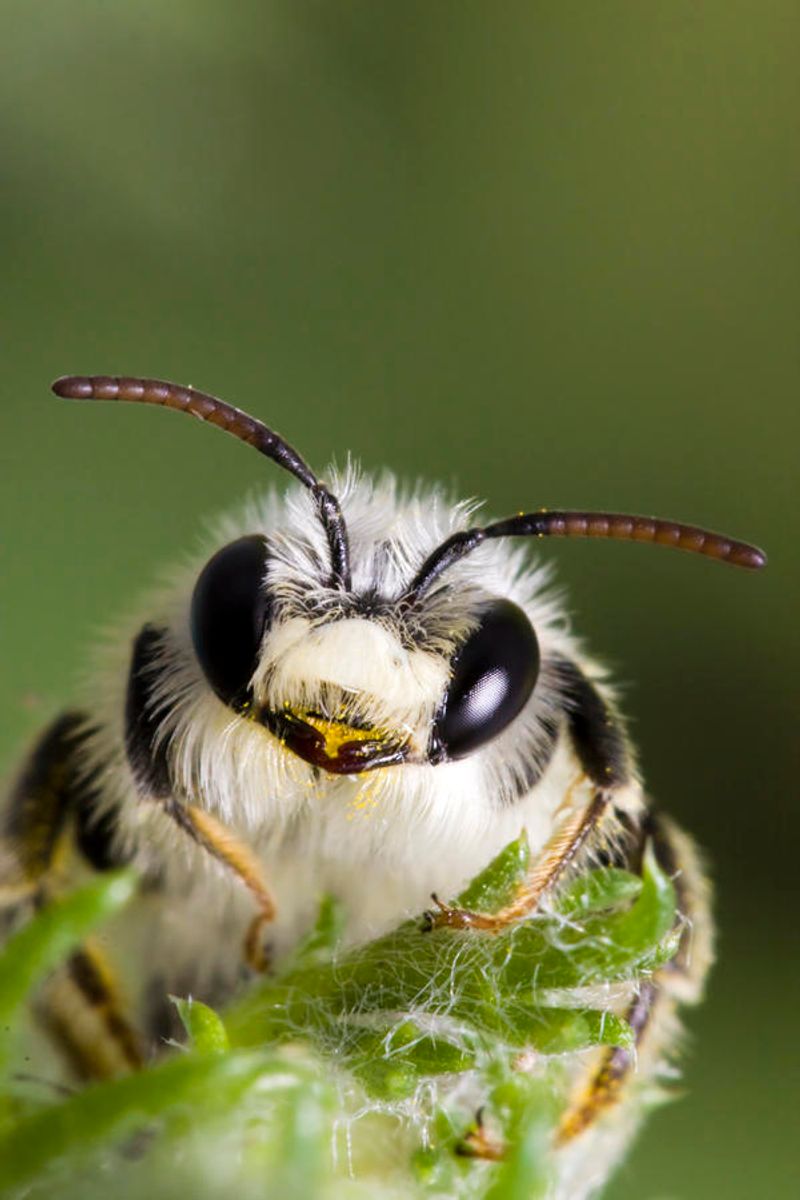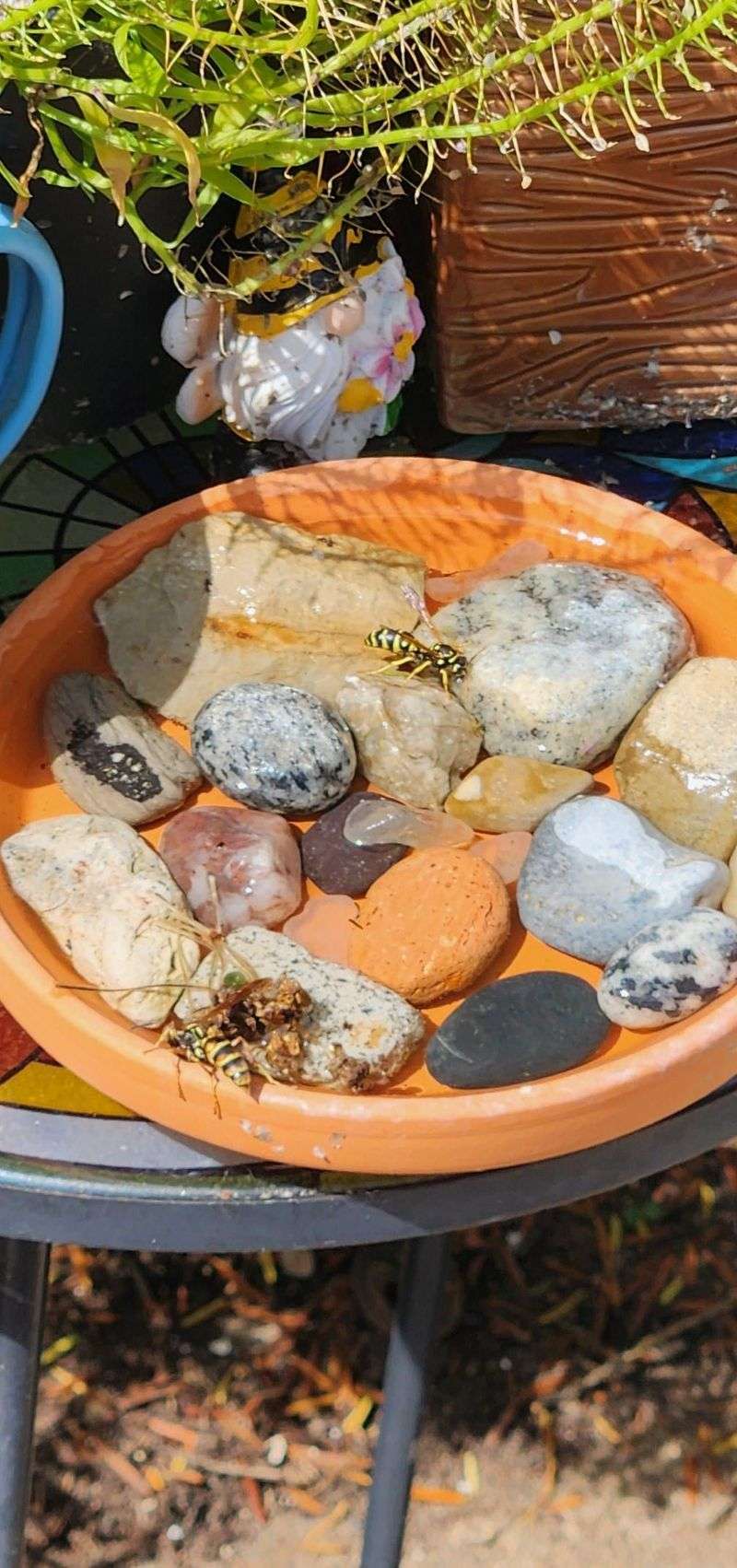There’s something missing in Georgia gardens lately — the gentle hum of bees. I’ve been keeping an eye on this and found several surprising reasons behind their decline.
Protecting them takes a little knowledge and effort. Here are nine causes of bee disappearances Georgia gardeners should know about.
1. Pesticide and Herbicide Use
Chemicals used to kill weeds and bugs often harm bees without homeowners realizing it. Many popular lawn treatments contain ingredients that confuse bee navigation systems or poison them directly.
Even products labeled as safe can affect bees when applied at the wrong time. Georgia gardeners should read labels carefully and avoid spraying when flowers are blooming.
Switching to organic alternatives or spot-treating problem areas protects pollinators while keeping your yard healthy and beautiful throughout the year.
2. Lack of Native Flowering Plants
Grass-only lawns might look neat, but they offer nothing for hungry bees searching for pollen and nectar. Native wildflowers and shrubs provide the specific nutrition that Georgia bees have evolved to need over thousands of years.
Without diverse food sources, bee populations struggle to survive and reproduce successfully. Planting coneflowers, black-eyed Susans, or milkweed creates a buffet that supports local bee species.
Even small flower patches make a real difference in helping these pollinators thrive right in your neighborhood.
3. Habitat Loss and Development
As Georgia communities expand, wild spaces where bees build nests disappear under buildings and pavement. Ground-nesting species lose burrow sites, while others miss out on hollow stems and dead wood they need for shelter.
Development removes not just nesting spots but also the diverse plants bees depend on for food. Homeowners can help by leaving small wild corners in their yards with undisturbed soil and plant debris.
Creating bee hotels or preserving natural areas counteracts some damage caused by urban sprawl.
4. Climate Change Effects
Rising temperatures and unpredictable weather patterns throughout Georgia disrupt the timing between when flowers bloom and when bees emerge from hibernation. Extreme heat waves stress both plants and pollinators, reducing flower quality and bee energy levels.
Droughts limit nectar production, leaving bees without adequate nutrition during critical seasons. Heavy storms and temperature swings also destroy nests and kill developing bee larvae before they mature.
Planting drought-resistant native species helps bees adapt to Georgia’s changing climate conditions.
5. Invasive Plant Species
Aggressive non-native plants like kudzu and privet spread rapidly across Georgia landscapes, choking out the native flowers bees prefer. While some invasive species produce flowers, they often lack the nutritional value that local bee populations require for healthy development.
These plants create biological deserts where bees cannot find suitable food or nesting materials. Removing invasives and replacing them with native alternatives restores balance to yard ecosystems.
Georgia homeowners should learn to identify problem plants and work to eliminate them systematically from their properties.
6. Diseases and Parasites
Tiny varroa mites and various fungal infections weaken bee colonies throughout Georgia, making them vulnerable to other threats. These parasites spread quickly between hives and wild bee populations, causing widespread decline across regions.
Sick bees cannot forage effectively or care for their young, leading to colony collapse. While individual homeowners cannot treat wild bee diseases, supporting diverse bee populations helps prevent epidemics.
Healthy, varied bee communities in Georgia yards show greater resistance to parasites than stressed, isolated groups struggling to survive.
7. Excessive Lawn Maintenance
Frequent mowing eliminates clover, dandelions, and other flowering plants that bees rely on for early-season food. Perfectly maintained Georgia lawns remove the slight messiness that actually supports pollinator populations.
Leaf blowers and constant cleanup destroy ground-nesting sites and remove materials bees use for building nests. Letting grass grow slightly longer and tolerating some wildflowers provides crucial resources.
Reducing maintenance intensity creates a healthier ecosystem while also saving homeowners time and money on yard work throughout the seasons.
8. Light Pollution at Night
Bright security lights and decorative yard lighting confuse nocturnal bee species that forage after sunset across Georgia neighborhoods. Artificial light disrupts their natural rhythms and navigation abilities, causing disorientation and exhaustion.
Some bee species depend on darkness to regulate their life cycles and reproduction patterns. Excessive nighttime lighting also affects the plants bees pollinate, altering bloom times and nectar production.
Using motion sensors, dimmer bulbs, or warm-colored lights reduces negative impacts while still providing necessary security for homeowners and their families.
9. Water Source Scarcity
Bees need water for drinking and cooling their nests, but many Georgia yards lack accessible water sources during hot summer months. Without shallow water options, bees risk drowning in pools or birdbaths with steep sides.
Dehydrated bees cannot regulate hive temperature or produce food for their young effectively. Providing a shallow dish with pebbles or rocks gives bees safe landing spots while they drink.
Refreshing water daily prevents mosquito breeding while supporting the pollinator populations that keep Georgia gardens productive and vibrant year-round.

